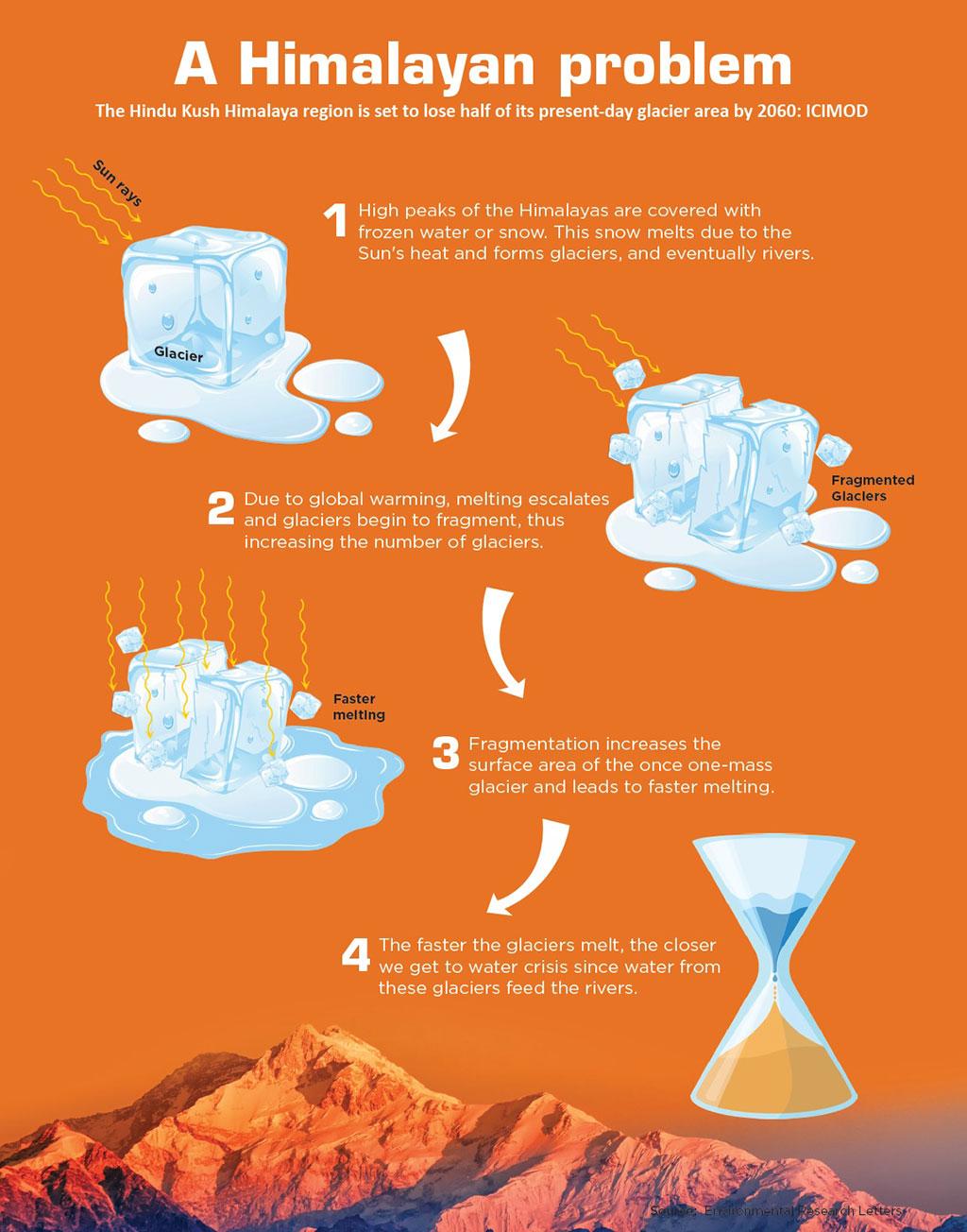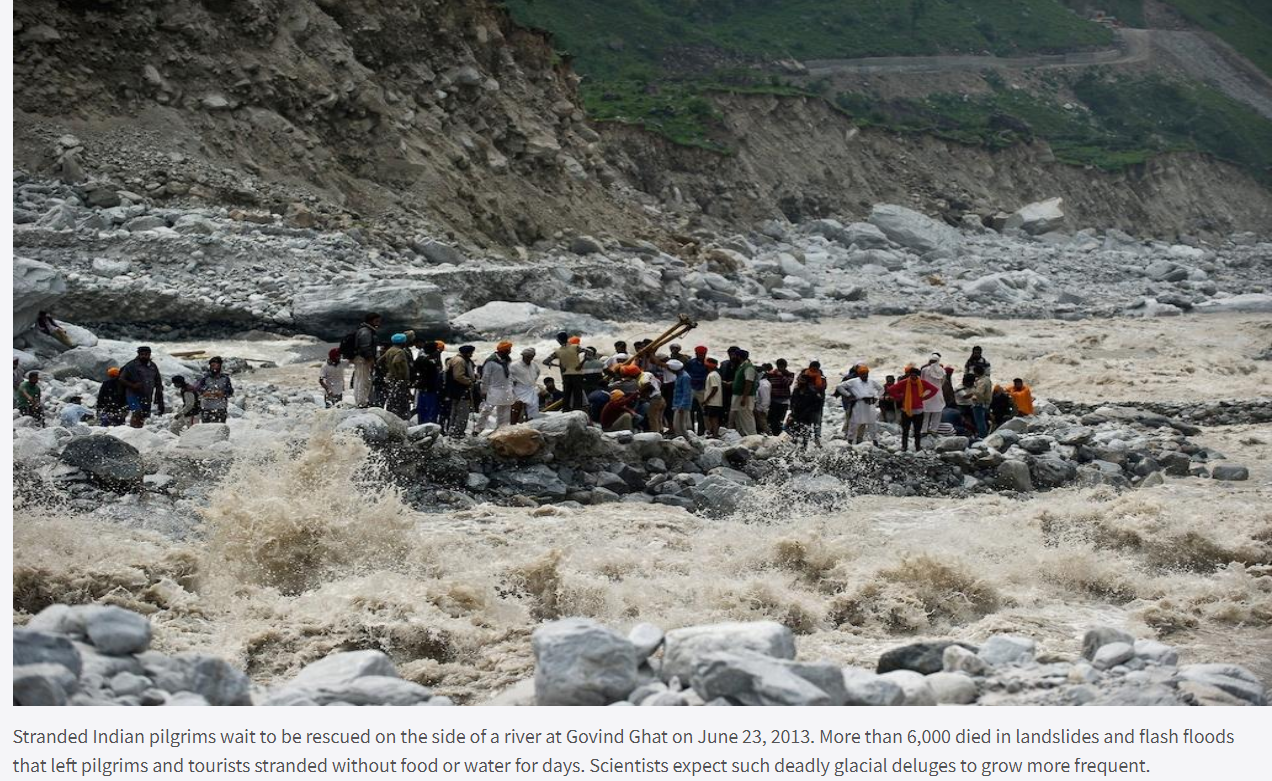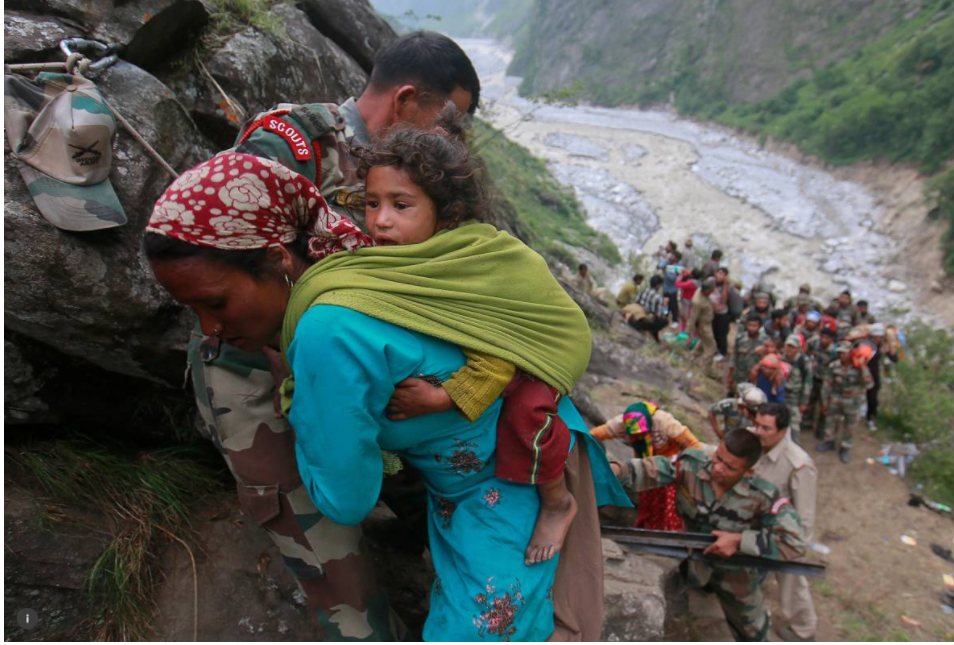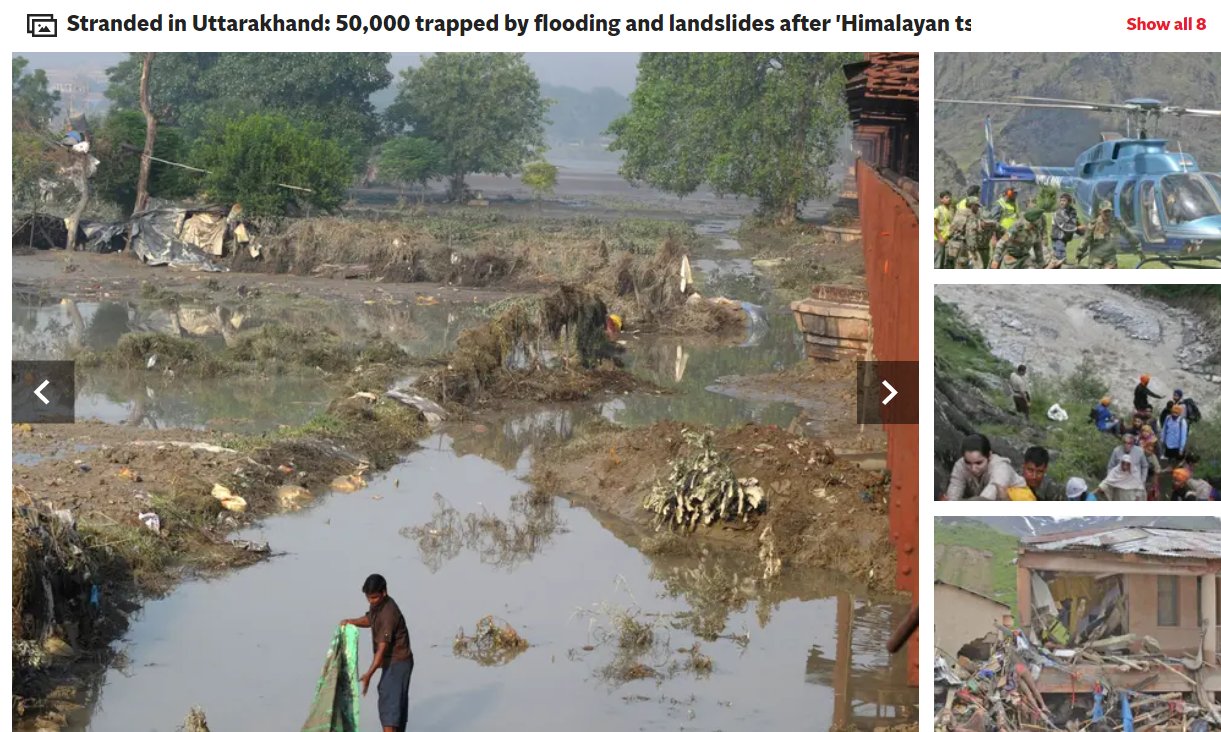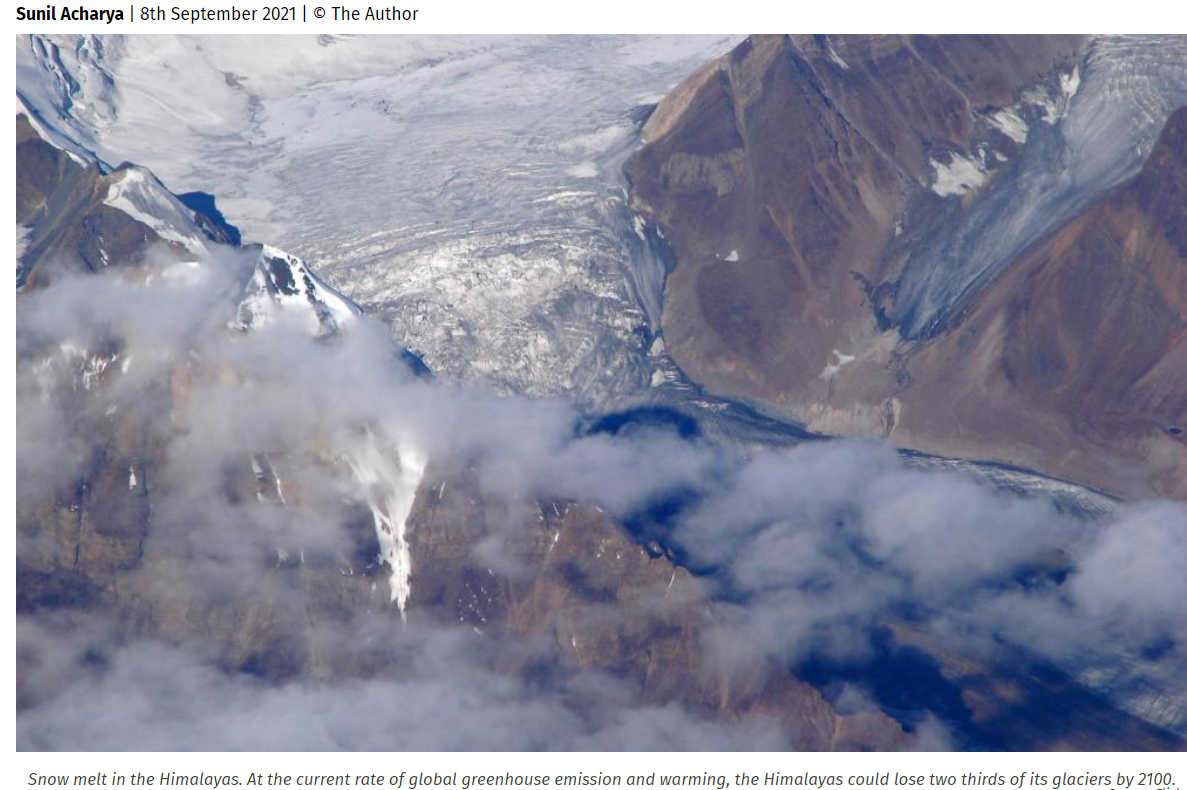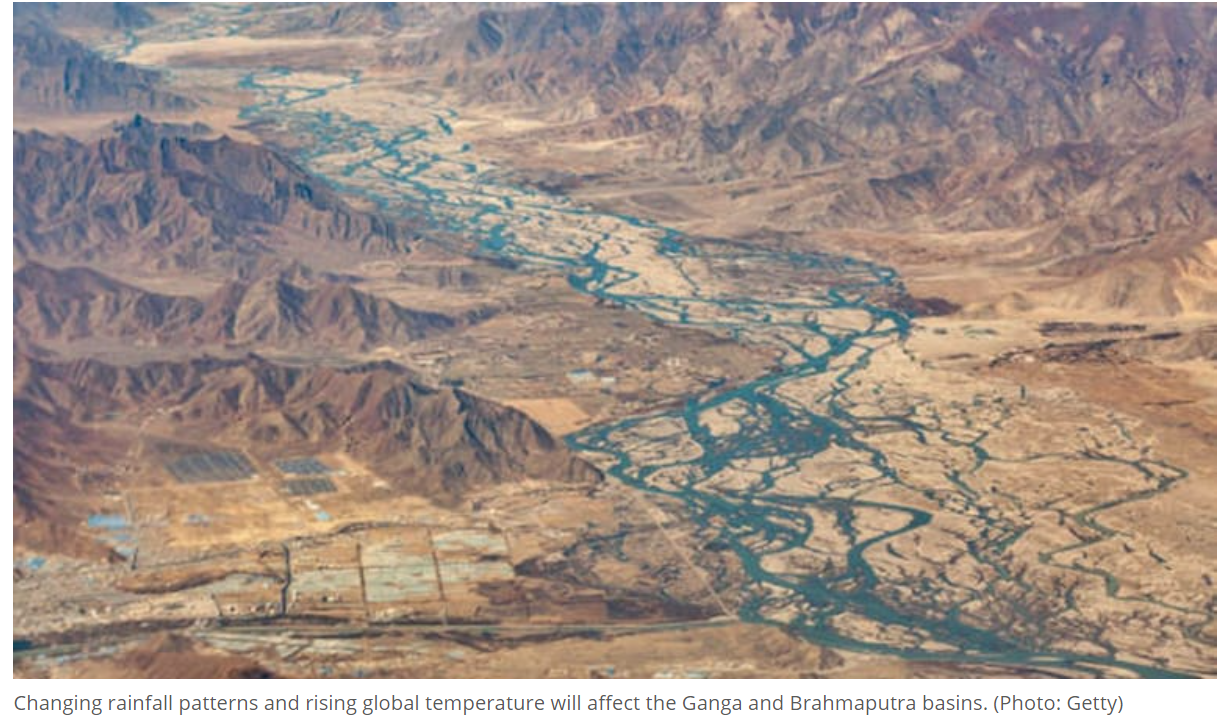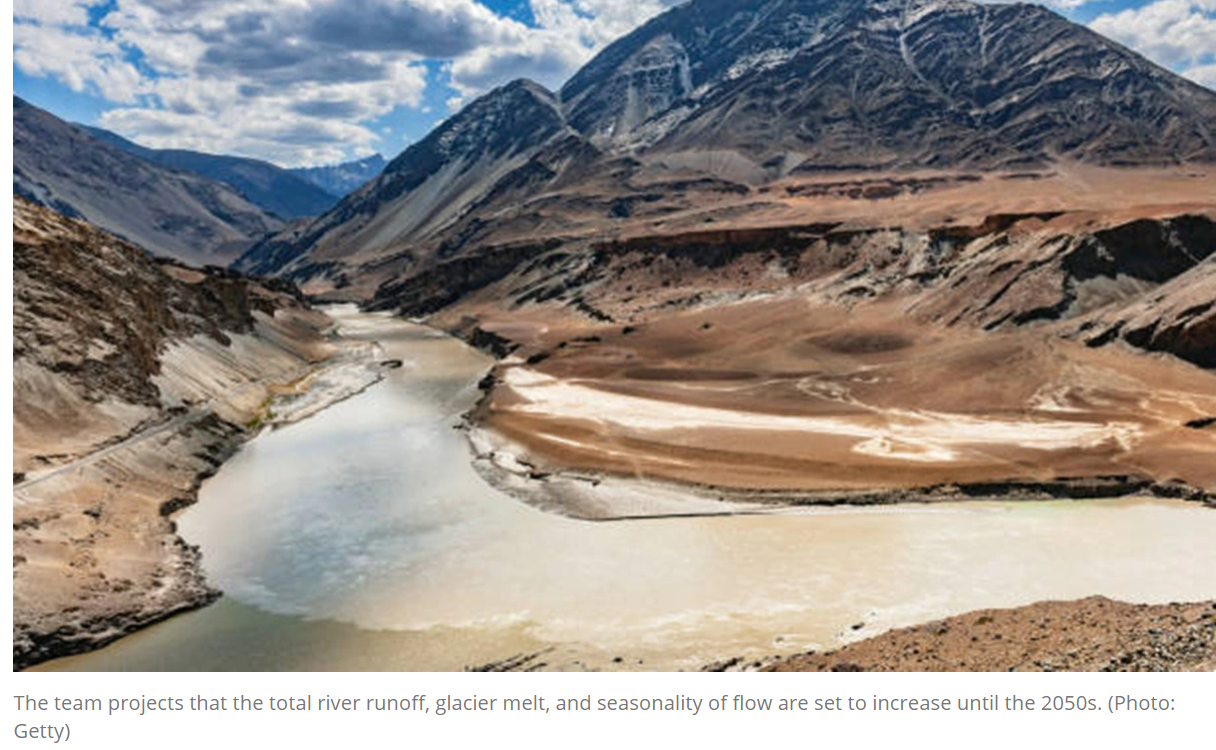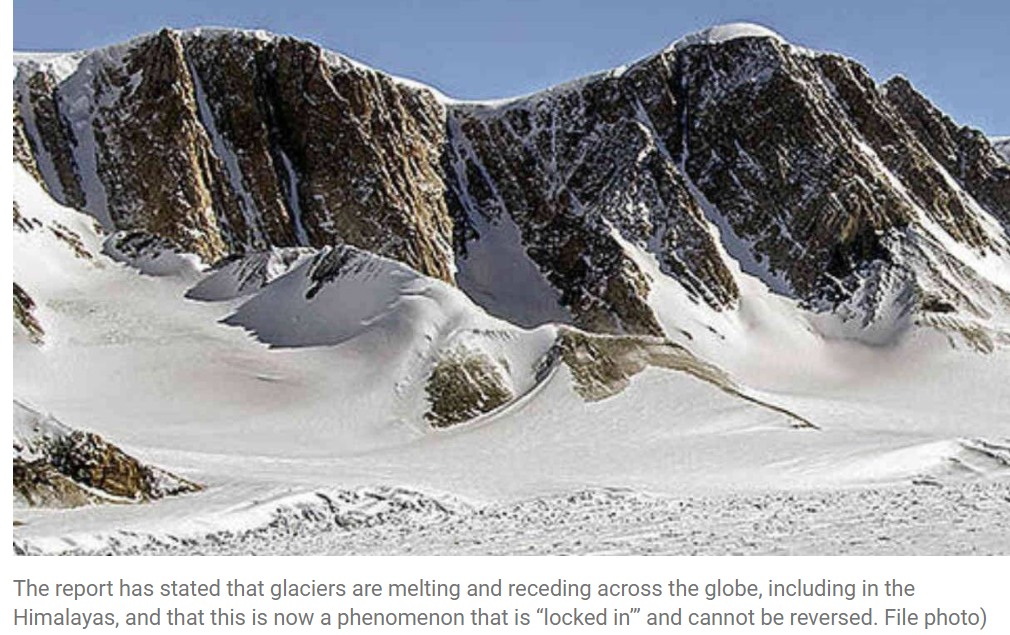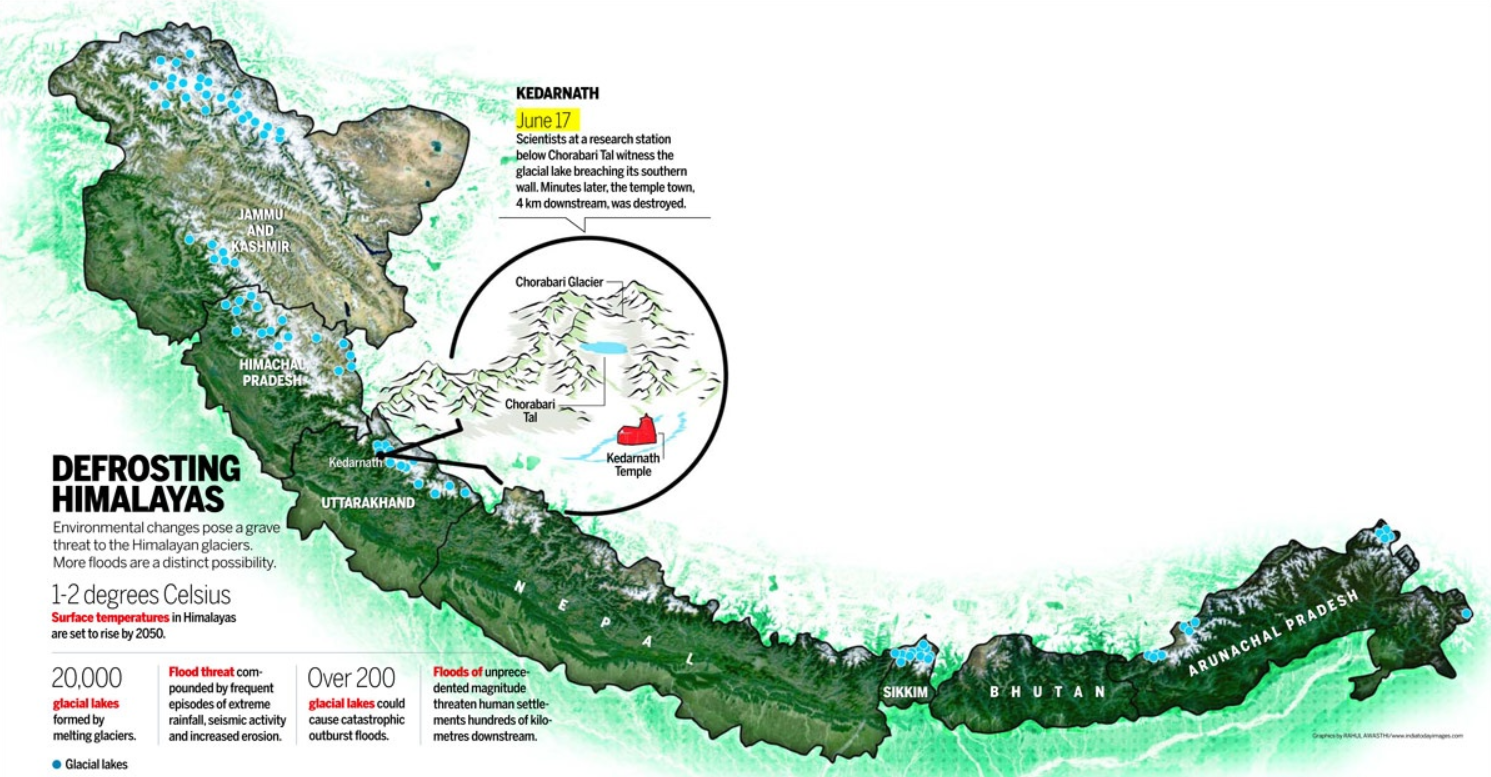31.10.2021
Over 2 Billion People To Be Affected If Melting Of Himalayan Glaciers Continue
Rising temperatures are melting glaciers and other frozen water across the Hindu Kush Himalayas. Urgent action to curb emissions is needed to secure water supplies, protect livelihoods and prevent disasters across the region. In the Hindu Kush Himalayan region – which includes the mountain ranges of the Pamirs, the Tien Shan and the Tibetan Plateau – the cryosphere is a vital source of freshwater. Approximately 2 billion people rely on the rivers that flow from these mountain ranges, with more than 440 million people living in the mountain areas. As well as providing a water supply for humans, livestock and wildlife in the region, freshwater originating in the cryosphere is essential for agriculture, hydropower, inland navigation, and spiritual and cultural uses. Retreating snowlines and melting glaciers is a cause for alarm as this can cause a change in the water cycle, the precipitation patterns, increased floods as well as an increased scarcity of water in the future in the states across the Himalaysa. The impacts of melting Himalayan glaciers :
- Increased flooding. As more meltwater enters the water system, proglacial glacial lakes form. However, these lakes are often unstable, and when the dams break, they can cause catastrophic glacier lake outburst floods (GLOFs). Similarly, more water in the glacier-fed rivers increases the risk of flooding.
- More extreme weather events. With more water and a warmer global temperature, the risk of extreme weather events increases. Scientists have already started to notice changes in temperature and precipitation extremes, for example.
- Changes in the monsoon. In Asia, the monsoon helps to support the livelihoods of millions of people. The annual rains are crucial to agriculture and water supplies. As global warming changes monsoon patterns, the risk of flooding during this season increases.
- Lower agricultural yields. Global warming means that snow and glaciers melt earlier in the year, leading to floods in spring. However, by summer, when crops need more water, volumes of water are decreased. As a result, agricultural yields are lower, arid zones increase, and fishing in the region is affected.
- Changes in energy production. Further downstream, the volume of water in dams may impact the production of hydroelectricity.
Poverty deprives people of adequate education, health care and of life's most basic necessities- safe living conditions (including clean air and clean drinking water) and an adequate food supply. The developed (industrialized) countries today account for roughly 20 percent of the world's population but control about 80 percent of the world's wealth.
Poverty and pollution seem to operate in a vicious cycle that, so far, has been hard to break. Even in the developed nations, the gap between the rich and the poor is evident in their respective social and environmental conditions.
Poverty and pollution seem to operate in a vicious cycle that, so far, has been hard to break. Even in the developed nations, the gap between the rich and the poor is evident in their respective social and environmental conditions.


